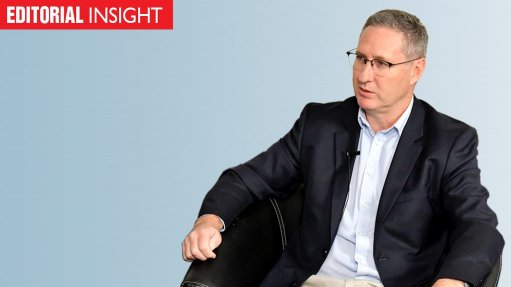
There is no scarcity of advice on how best to stabilise Eskom and end the load-shedding crisis, which a new Council for Scientific and Industrial Research (CSIR) report shows intensified again in 2021 to its worst-ever level.
The report shows that load-shedding occurred for 13% of the year, when an upper limit of 2 521 GWh was cut, a 40% deterioration when compared with 2020.
The statistical analysis does not provide an outlook for 2022, but all indications are that this year is likely to be even worse.
The overwrought coal fleet is struggling to attain an energy availability factor (EAF) above 60%, let alone the 70% to 75% assumed in the country’s official electricity plan.
If history is anything to go by, then we should expect a further EAF deterioration, with the CSIR indicating that this key measure of Eskom’s performance is in secular decline: 61.8% for 2021, 65% for 2020, 66.9% for 2019 and 71.9% in 2018.
Long gone are the days when Eskom aspired to achieve an EAF of 90% – a level that many warned was unsustainable anyway, even when South Africa had more electricity than it knew what to do with.
The issue, then, is not the shortage of advice but which advice to take seriously.
Such discernment will be particularly important as Eskom moves to script a consolidated strategy for tackling the crisis.
Fortunately, the utility still has strong analytical expertise available internally and a newfound openness to the analytical expertise available outside of the organisation. The utility is also in constant contact with funders and, thus, knows what solutions are bankable and which are not.
Therefore, when it is advised to extend the life of a coal fleet that is in terminal decline and for which the funding taps are drying up, it can quickly dismiss the notion and focus instead on ensuring that the coal assets it does have deliver as much and as cleanly as possible to the end of their design lives.
Equally, when small modular nuclear reactors are proposed as a silver bullet, Eskom is able to point out that such a remedy, even if eventually proven globally as a commercial option, will simply take too long to build to shift the load-shedding needle in the coming two to five years.
In the end, the quickest and most bankable remedy lies in a combination of solar photovoltaic (PV), wind and storage and by integrating these technologies at pace by using all and any available grid connection capacity, currently mostly located in the north-eastern territory of South Africa.
While solar PV and wind have become “no-brainers” for their ease and speed to deploy, as well as for their commercial and environmental benefits, there is some debate about the best storage options, with Eskom still favouring gas.
Nevertheless, the sooner Eskom and policymakers can settle on solar, wind and storage as a future-proof solution to the current crisis, the sooner South Africans will begin seeing confidence-building progress.